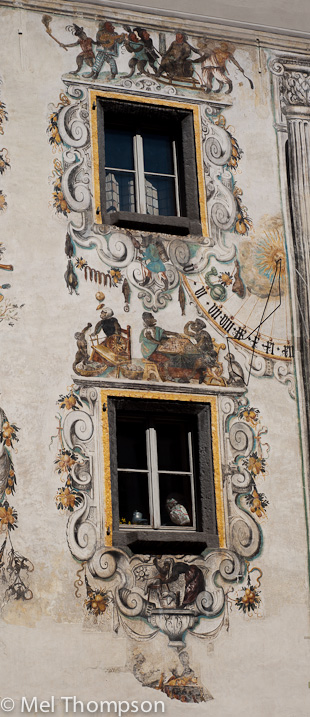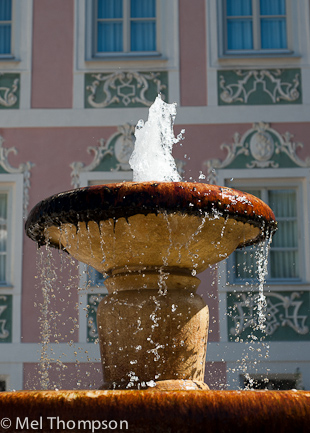Berchtesgaden
Tucked away in the extreme southeast of the Bavarian Alps, a part of Germany nestling against the Austrian border, Berchtesgaden is probably best known for Hitler's 'Eagle's Nest' retreat. But forget its Nazi past, for Berchtesgaden is an area of stunning natural beauty, and an ideal place for hikes.
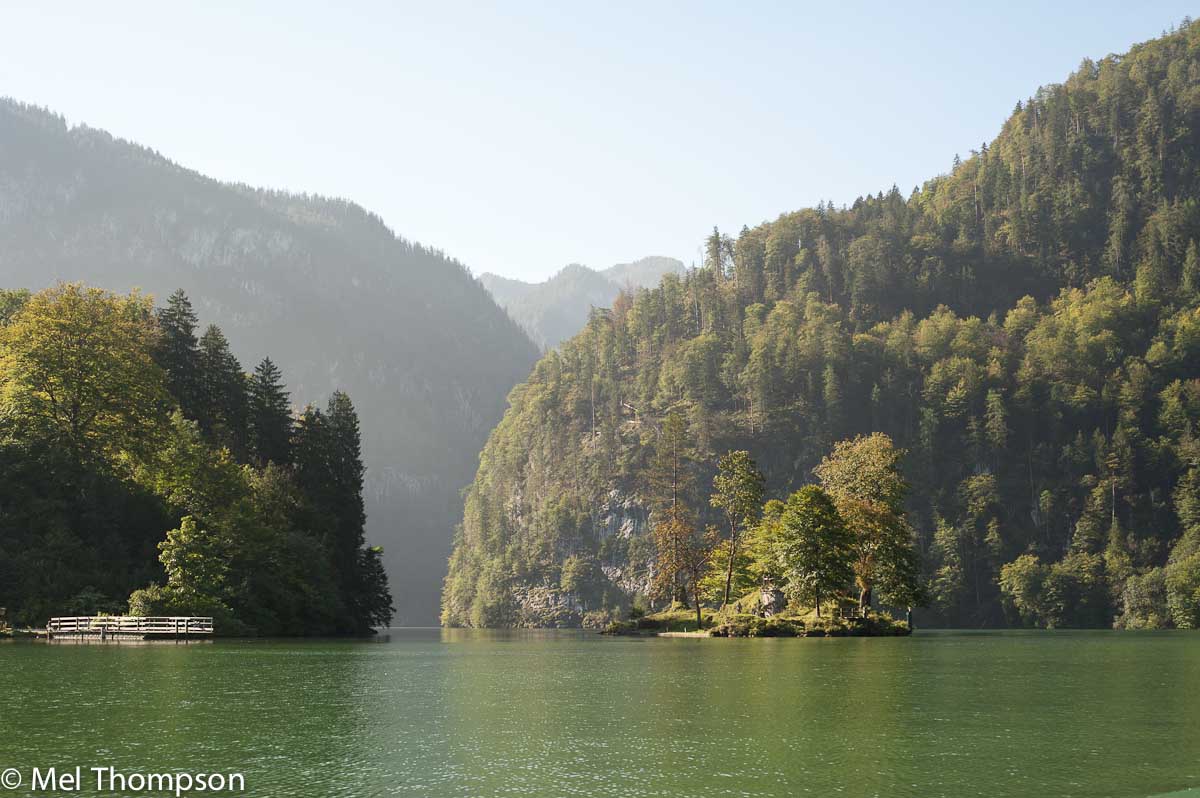
Top of the list of attractions in th Berchtesgadener Land is the Königsee, stretching into the alps south from the village of Schönau. During the trip on the lake there is a wonderful sense of silence - except for the noise of camera shutters, and the blowing of a flugelhorn to demonstrate the echo - as you float beneath the sheer rockface of the Watzmann, Germany's second highest mountain.

The silence is maintained by the fleet of electric boats. And if you assume this to be a modern attempt to limit environmental damage, you should know that they started plying the lake in 1909!
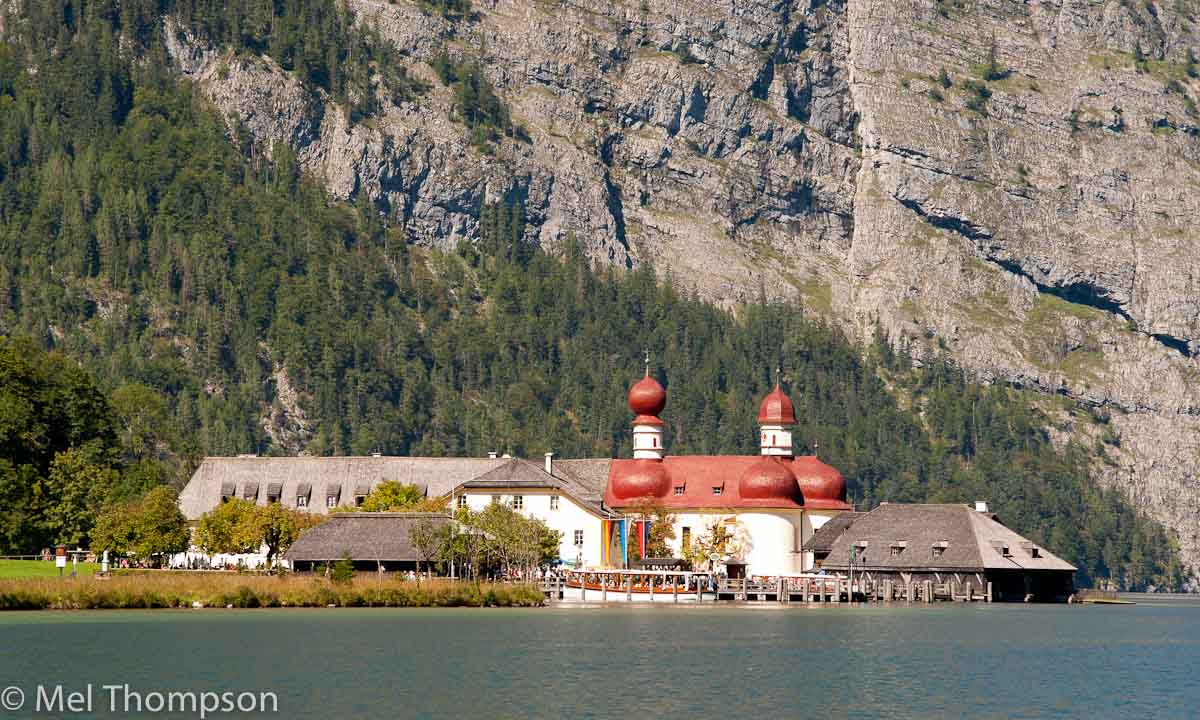
The church at St Bartholema, accessible only by the lake, nestles beneath the Watzmann. The beauty of the spot makes it a honey-pot for tourists, with a range of retail and eating opportunities - but be warned, get started early, if you're visiting in the height of summer, or you will need ot queue for your boat back to Schönau.
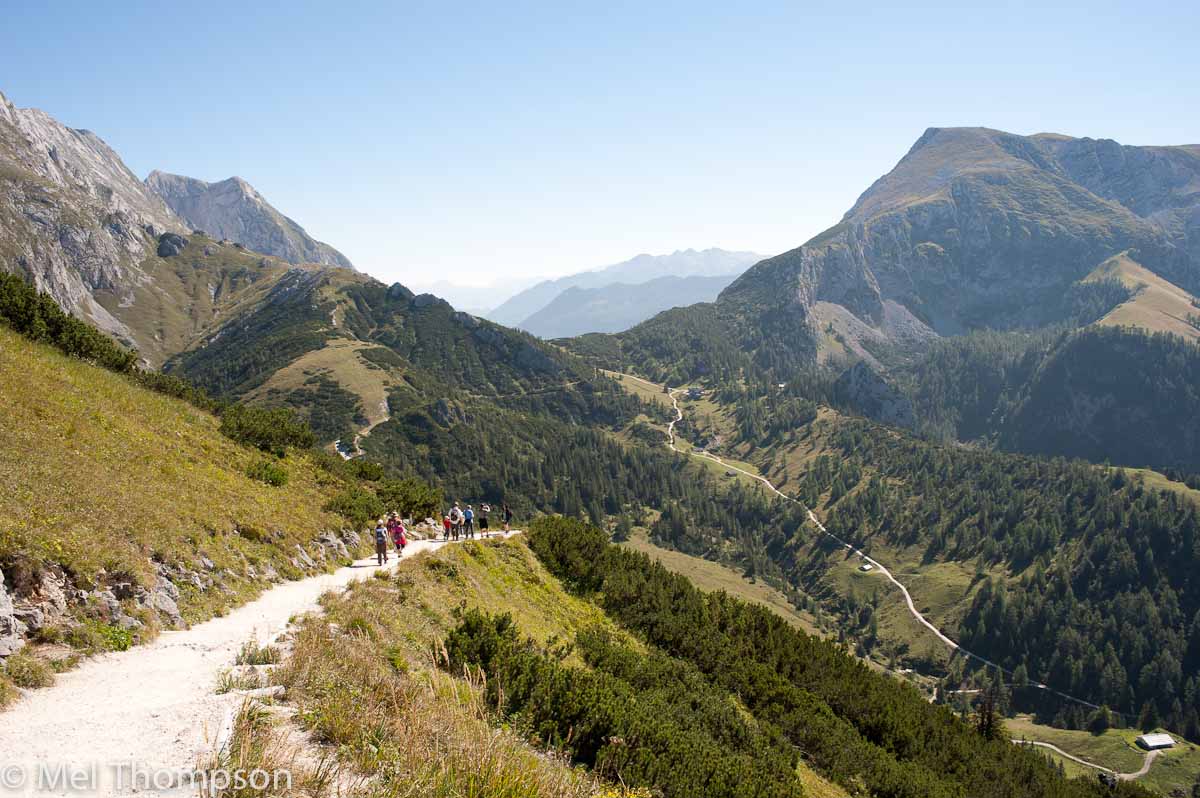
The other absolute 'must' if visiting Berchtesgaden is walk from the top of the Jenner. You can get there the hard way, or by cable car from Schonau. We opted to go up the easy way and walk down. This view gives an impression of the walking tracks down from the Jenner - relatively easy going and well signed.
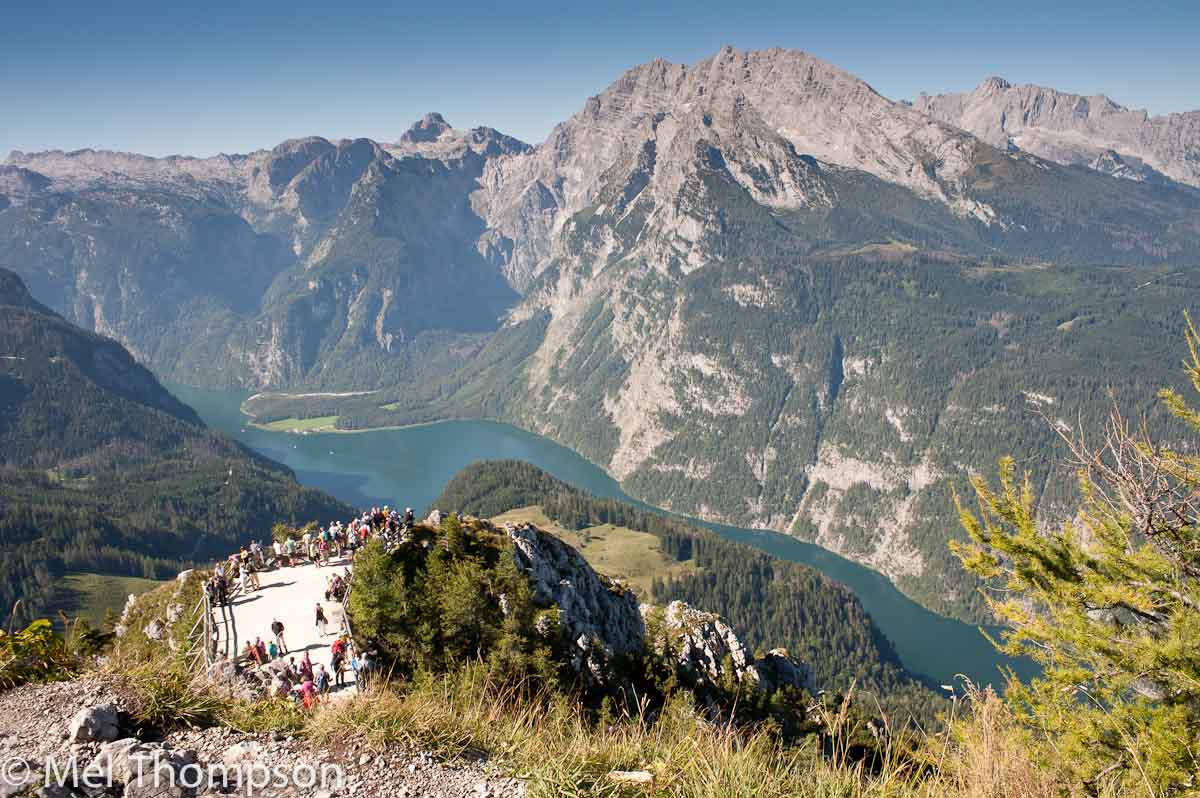
From the top of the Jenner, you get a good view down to the Konigsee and the Watzmann beyond.

The Marktplatz, Berchtesgaden.
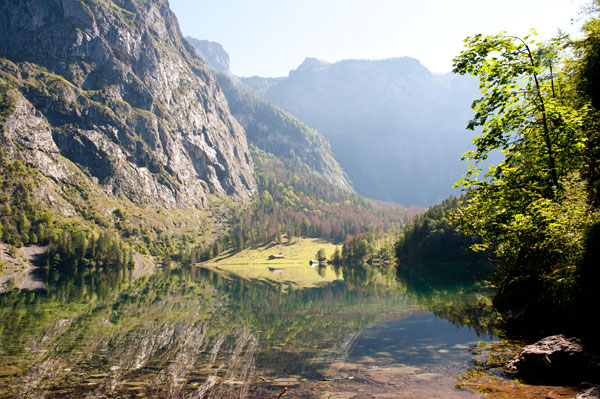
There is a memorable walk from the southern end of the Konigsee across to the Obersee, a much smaller lake, higher up the valley. Looking south across that lake, one can just spot a chalet on the open pasture, which - when we were there - was doing a good trade in beer and sandwiches for the many walkers heading up to the southern tip of the valley, out of which you can only proceed by doing some serious climbing up into Austria.

The river flowing down from the lake towards Berchtesgaden - the clarity of its water says it all.

